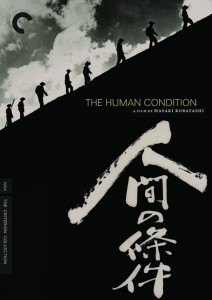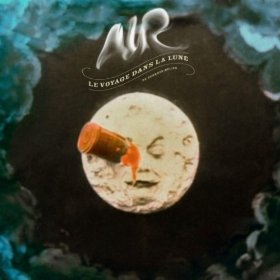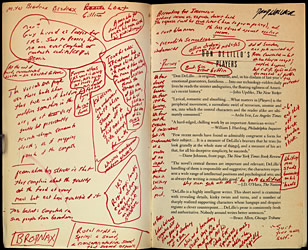Thought I’d quickly share a couple of good experiences:
Mophie
I’ve owned an external battery/hardshell case for my iPhone called Mophie Juice Pack Air since it first came out. For me — someone who tries to leave their laptop at home whenever possible — it’s been a fantastic purchase, enabling me to work from my phone by extending my battery life (and providing some sturdy protection as well!).
since it first came out. For me — someone who tries to leave their laptop at home whenever possible — it’s been a fantastic purchase, enabling me to work from my phone by extending my battery life (and providing some sturdy protection as well!).
But no product design is perfect. Several people have dinged the Juice Pack Air on its Amazon.com page because, it seems, that its Achilles’ Heel is the micro-USB port used to charge it and to allow your iPhone to sync with your computer. Lucky for me — my problem was only an “intermittent connection” which would start a sync with iTunes every time I touched the USB cable. Annoying… but not a show-stopper.
because, it seems, that its Achilles’ Heel is the micro-USB port used to charge it and to allow your iPhone to sync with your computer. Lucky for me — my problem was only an “intermittent connection” which would start a sync with iTunes every time I touched the USB cable. Annoying… but not a show-stopper.
Still, it was annoying enough to contact Mophie about it. They immediately sent instructions on how to return the Juice Pack Air — along with a pre-paid shipping label. After unsuccessfully digging around for a receipt, I decided to roll the dice and send it in anyways. Even though the product had been released less than a year ago and, thus, was still within the warranty period, some companies would have sent it back to me saying “Sorry — Can’t help you without a receipt!” or “We’ll fix it… for (insert amount that you don’t want to pay here)“.
To Mophie’s credit, they weren’t looking for a technicality to avoid providing warranty service. They were looking to take care of their customer. The day after they received my defective battery, they sent out my replacement.
And speaking of Amazon…
Yesterday, there was a great thread on Ask Metafilter where someone was asking for recommendations of music similar to Miles Davis’s score for a movie called Ascenseur pour l’échafaud or, as it’s known in English, Elevator to the Gallows
for a movie called Ascenseur pour l’échafaud or, as it’s known in English, Elevator to the Gallows .
.
I’m as much a fan of good, smoky, Film Noir jazz as anyone, so I took note of the suggestions and then went over to Amazon.com to buy some MP3s! First selection…. Undercurrent by Bill Evans and Jim Hall.
by Bill Evans and Jim Hall.
And, for the first time since I started buying music through Amazon, something went wrong. The download never started and, when I went to my Account page, it claimed that I had already downloaded my album. A quick email to customer service receive a quick reply in return:
I’m sorry there was a problem downloading your recent MP3 purchase.
I’m not sure why this happened, but I want to be sure you get the album you ordered. I’ve restored access to the download. Please try to download from Your Media Library on Amazon.com
Pretty straightforward and, more importantly, written in human language! They didn’t make me read through a bunch of cut-and-pasted boilerplate language about how my business “is valuable to them”… only to then make me jump through a bunch of hoops before even trying to fix my issue. There was a person on the other end who understood my problem and what it would take to resolve it.
Anyhow, for as much airspace on the internet is devoted to venting when companies fail us, I felt that a little “counter-programming” was in order. Companies, after all, are made up of individual people — and people that make an effort to “do the right thing” should get a little attention as well!






